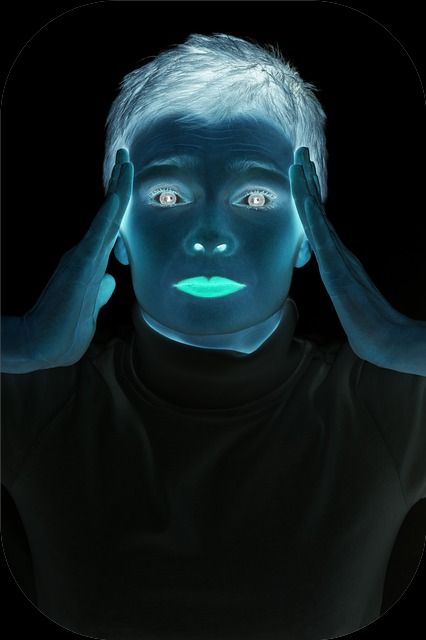The problem with pain is that most people who experience it are convinced of its presence and when as a therapist you suggest that there may be a way of changing your relationship to it, they can feel threatened. The first threat is personal; in that, they may fear that you do not believe them. The second threat is conceptual: based on new developments in pain research. The third threat is a paradigm shifter.
Cook in his recent article “Our pain may not be what we think,” captures his own journey through the current medical diagnostics most people need to navigate through.
“I noticed a subtle current, like a lazy river, pushing me toward surgery. Plus, the MRI was treated like an oracle: had you asked any doctor to identify and locate the source of the pain — pin the pain on David — they would have fixated on my spine. My herniated disc. Why would we look elsewhere? If you have a flat tire, you don’t tinker with the radiator. Simply fix the flat.
No one ever asked me about my emotional health.
Or stress. Or spirit.
Or tension. Or things I was angry about.
Why would they?
There is the body.
There is the mind.
Two separate things, right?”
via Cook: Our pain may not be what we think
The decision to journey down a different path, one that honors our whole being as an integrated whole is indeed a paradigm shift. We are so cultured to believe that the symptoms are actually the cause that our medical system keeps looking at one area to find their answers.
According to John Dooley, an American Board of Anesthesiology-certified pain management physician who practices at Pain Centers of Iowa clinics,”What our effort really is directed at here is to get people off of opioids because they’re only a short-term treatment plan. They don’t last forever because of the development of a tolerance where the drug stops working.”
Opioid use affects 70% of the population and is three times higher than opioid prescription rates in Europe. via Pain clinic offers alternatives to opioids

So painkillers kill the pain but in the long term, they become less effective. Surely it is worth looking for a solution that is not limited by the current physiological/anatomical understanding of the cause, nor by the approach of masking the pain. Maybe the answer relies more on the patient and their sense of empowerment? Science has now confirmed that pain can be lessened by increasing activity in the relaxation and motivational centers of the brain. Circuitry that would normally go to the pain processing centers would be pruned and the ones going to the relaxation and motivation centers of the brain would be nurtured. Basically where you put your attention and focused intention will train your brain to the results you are wanting to seek.
Though there is much promise in rewiring our brains, it is interesting to see how memory and chronic pain might share similar pathways.
One of the keys to understanding chronic pain, according to De Koninck, is to pay attention to the similarities between long-lasting pain and another, very familiar, neurological process that makes some connections stick around longer than others: memory.
“Chronic pain is like “a maladaptive memory,” Basbaum explains. Both constitute patterns etched in your brain and nervous system that quicken the connections between “snake” and “poison” or between “bump” and “ouch.” Evidence has been piling up that chronic pain and memory share some of the same cellular mechanisms—and now, De Koninck’s work has shown that a neurochemical trick used to erase memory may be able to turn off chronic pain, too.”
via Teaching the Nervous System to Forget Chronic Pain
To conclude, although we don’t yet fully understand how healing happens and we don’t have a full grasp of the science behind it, we know that some people can become pain-free or nearly so and the choices they have made are not what is currently under study. It may be wise to look beyond.
Dr. Manon Bolliger,
Retired ND and Founder of Bowen College Inc








